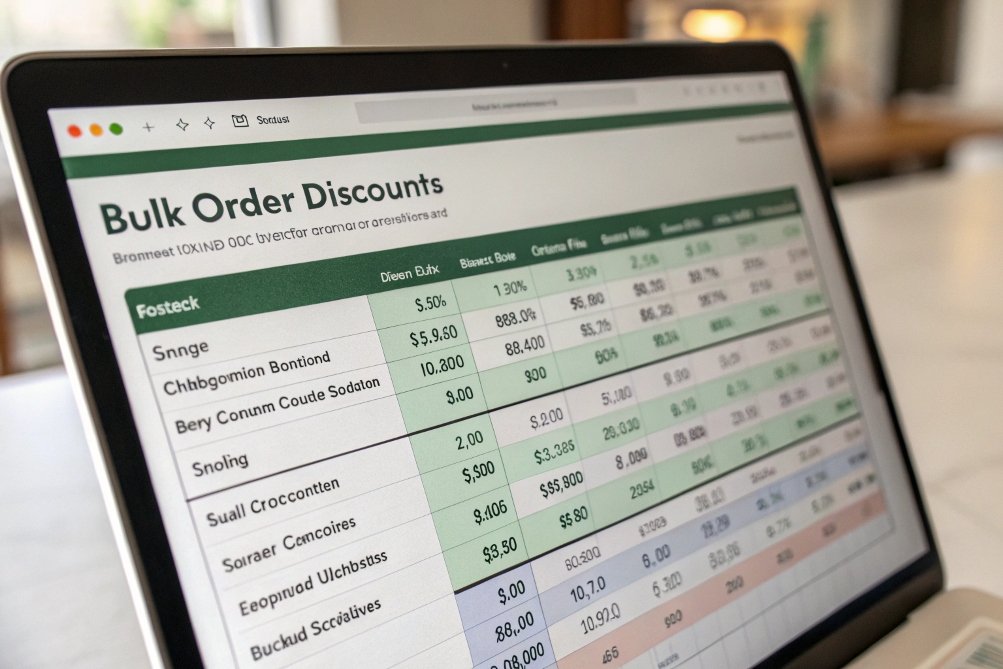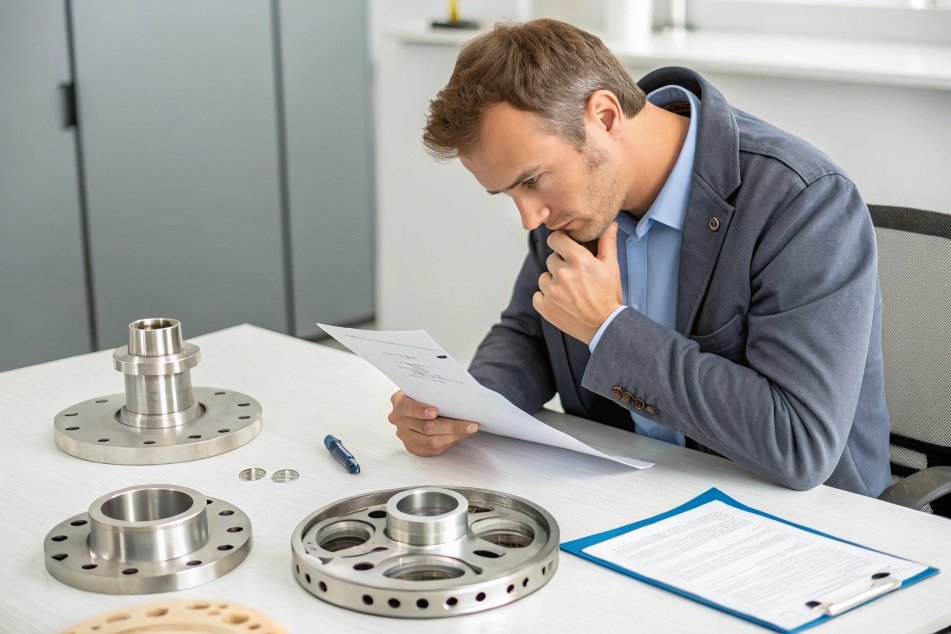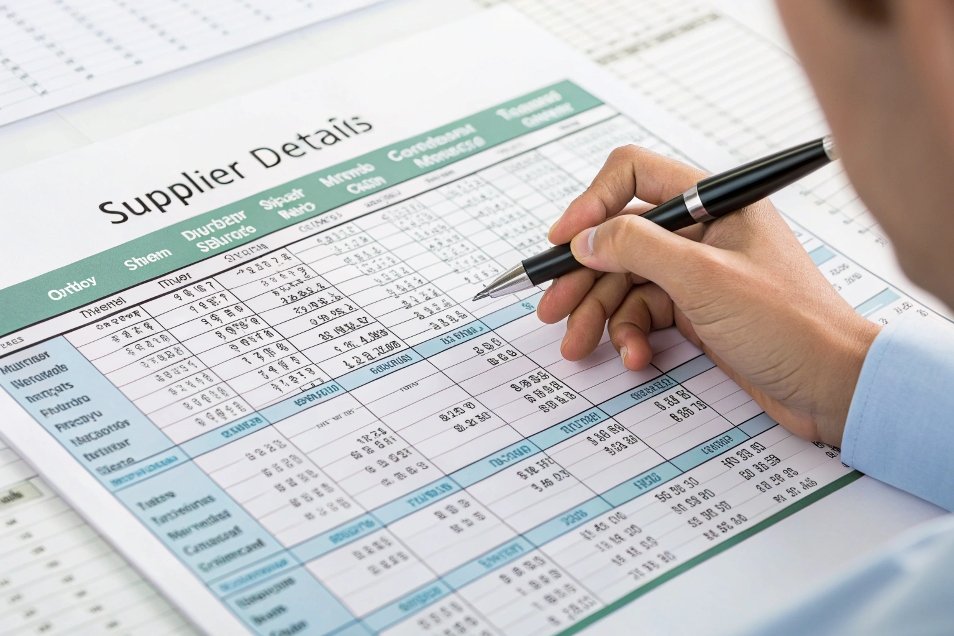
When sourcing custom parts overseas, it’s easy to focus solely on the price and overlook the long-term value1. I’ve learned that getting the best value isn’t just about paying the lowest price upfront; it’s about balancing cost, quality, and reliability for a better overall deal.
Getting the best value for your money when sourcing overseas is all about strategy, negotiation, and making smart decisions that benefit your bottom line in the long term.
In this article, I will explore strategies that have helped me negotiate better prices, balance cost with quality2, and why comparing suppliers is essential for securing the best deals.
What Strategies Can Help You Negotiate Better Prices with Overseas Suppliers?

Negotiating prices with overseas suppliers requires preparation, knowledge, and strategic thinking. I’ve found that leveraging the right tactics helps me secure better pricing without compromising the quality of the custom parts.
Key Negotiation Strategies for Better Prices
| Strategy | Description |
|---|---|
| Build Long-Term Relationships | Suppliers often offer better prices to loyal customers. Show your interest in building a lasting partnership. |
| Leverage Bulk Orders | Buying larger quantities often gives suppliers room to offer discounts, helping reduce unit costs. |
| Understand the Market Rates | Research what others are paying for similar parts. This gives you leverage during negotiations. |
| Negotiate Payment Terms | Negotiate for more favorable payment terms like extended credit or early payment discounts. |
| Consider Alternative Payment Methods | Sometimes offering prepayment or partial upfront payment can get you better pricing. |
Why This Matters
When I first started sourcing overseas, I didn’t realize how much room there was for negotiation. A well-negotiated deal can lead to better prices, more favorable terms, and stronger supplier relationships. Always make sure to negotiate more than just the price; consider payment terms, delivery schedules, and warranties as part of the overall deal.
How Can You Balance Cost with Quality When Sourcing Overseas?

When sourcing parts overseas, it’s crucial to remember that the cheapest option isn’t always the best. While lowering costs is important, the quality of the parts directly impacts the end product and your business’s reputation.
Balancing Cost and Quality in Overseas Sourcing
| Factor | How to Balance |
|---|---|
| Assess Material Quality | Ensure that the materials used are durable and meet industry standards, even if they cost a bit more. |
| Evaluate Supplier Reputation | Sometimes paying a little extra for a supplier with a proven track record is worth the peace of mind. |
| Consider Hidden Costs | Low-cost suppliers may have hidden costs like shipping delays, poor customer service, or defective products. |
| Quality Assurance | Factor in the cost of quality control and inspections as part of the overall price. |
| Long-Term Value | Consider the total cost of ownership, including warranty, product lifecycle, and performance over time. |
Why This Matters
In my experience, I’ve learned that cutting costs without considering quality can backfire. Poor-quality parts might be cheap upfront but cost you more in the long run due to defects, rework, or delays. It’s important to balance cost with quality to ensure that you’re getting the best value for your investment. At the end of the day, high-quality parts reduce downtime, minimize returns, and ultimately lead to more satisfied customers.
Why Is It Important to Compare Multiple Suppliers to Get the Best Value?

Comparing multiple suppliers is one of the most effective ways to ensure you’re getting the best value when sourcing overseas. I’ve found that taking the time to explore different options and understand the various offers available can lead to better decision-making.
Benefits of Comparing Multiple Suppliers
| Benefit | Why It Matters |
|---|---|
| Identify Competitive Pricing | By comparing quotes from different suppliers, you can see where the market rates are and avoid overpaying. |
| Evaluate Service Offerings | Not all suppliers offer the same level of service, from customer support to delivery speed. |
| Understand Different Capabilities | Some suppliers may have more advanced capabilities or higher-quality processes that justify a higher price. |
| Spot Hidden Costs | Comparing multiple suppliers can help you spot hidden fees such as higher shipping rates or additional taxes. |
| Leverage Negotiations | With multiple quotes, you can leverage one supplier’s offer to negotiate better terms with another. |
Why This Matters
In my early days of sourcing, I would focus on just one supplier, assuming they had the best deal. But over time, I realized that by comparing quotes from multiple suppliers, I was able to secure better prices, find hidden costs, and ultimately choose the supplier that offered the most value. It’s also important to factor in services like quality control, logistics support, and customer service when comparing suppliers, as these can significantly impact your experience and costs down the line.
Conclusion
Getting the best value for your money when sourcing custom parts overseas isn’t just about finding the lowest price. By strategically negotiating with suppliers, balancing cost with quality, and comparing multiple suppliers, you can secure a deal that offers the best long-term value for your business. Always keep an eye on both the immediate and hidden costs, and don’t hesitate to invest in quality to avoid more expensive issues in the future.

